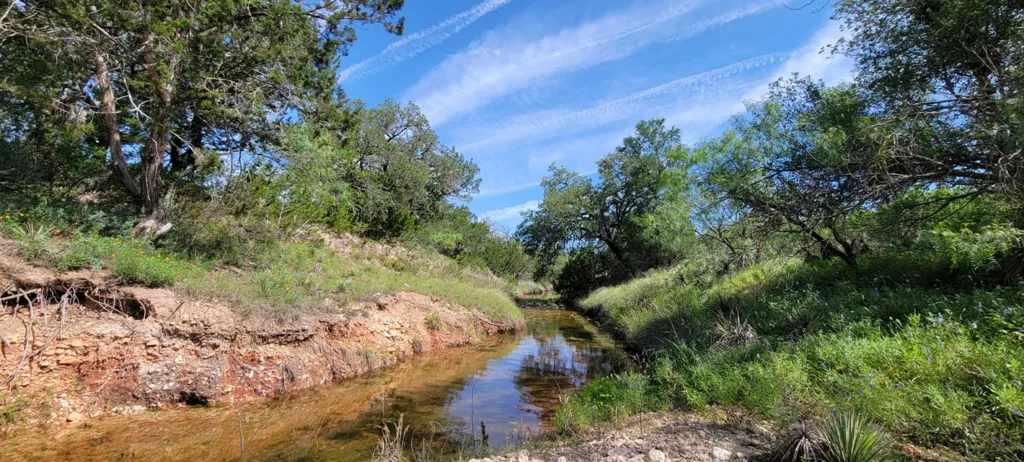Event Series
(See All)
August 26, 2023 @ 9:00 am – 12:00 pm
We have started a new collaboration with the Native Prairie Association of Texas, on their 150 acre Dowell Ranch Preserve. In return for allowing us to hold our plant sales and store equipment, we will assist with their prairie restoration.


Part of these activities will be to grow native plants that can be used for the prairie restoration and can also be offered at our plant sales.
The gate should be open, please drive in. Drive past the house and past the cattle guard (the pipes across the road). When the road splits, stay to the left and park in the grassy area before or after the round fenced-in growing area.





